A Stone Sentinel in the Loire Valley
In the gentle hills near Saumur, where the Loire River winds through France’s countryside, stands a remarkable stone giant that has watched over the land for over 6,000 years. The Dolmen de Bagneux, rising majestically from the earth like a prehistoric cathedral, tells the extraordinary story of human ambition and ancient wisdom.
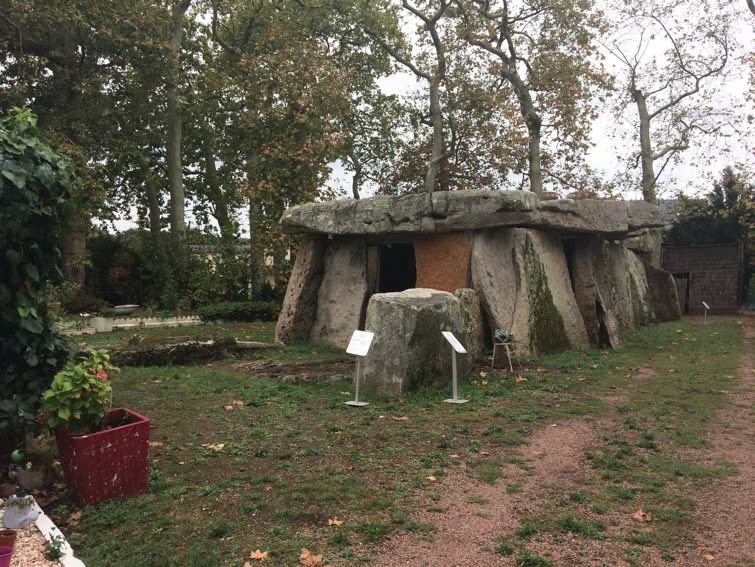
This colossal megalithic monument, stretching an impressive 18.5 meters in length and towering more than 4 meters high, represents one of Europe’s most magnificent Neolithic achievements. Built between 4000 and 3000 BC, when humanity was just beginning to master agriculture and settle into permanent communities, this ancient structure continues to captivate visitors with its sheer scale and mysterious origins.
The Master Builders of Prehistory
Engineering Marvels of the Stone Age
Imagine the scene 6,000 years ago: groups of determined Neolithic people working together to create something truly extraordinary. Using only primitive tools and their collective ingenuity, these ancient engineers managed to quarry, transport, and precisely position massive stone slabs, some weighing several tons each.
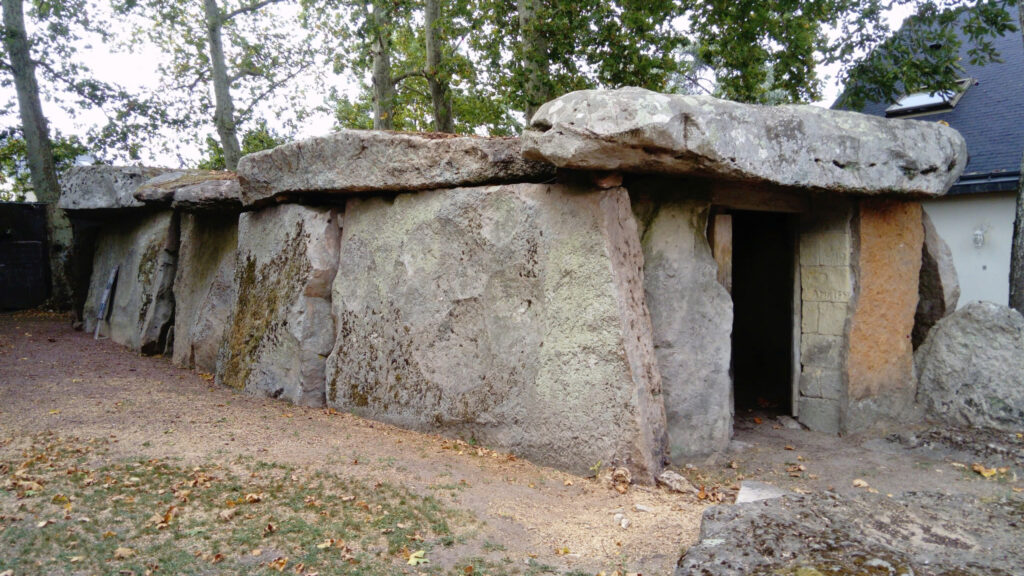
The dolmen’s construction reveals sophisticated planning and execution:
- The Grand Chamber: A spacious rectangular burial hall, carefully crafted with enormous flat capstones balanced perfectly on towering upright stones called orthostats
- The Protective Mound: Originally concealed beneath a substantial earthen barrow that has since eroded away, leaving the stone skeleton exposed to tell its ancient tale
- Precision Engineering: Every stone positioned with mathematical precision, demonstrating an advanced understanding of weight distribution and structural stability
Teamwork Across Generations
The construction of Dolmen de Bagneux required unprecedented cooperation among Neolithic communities. This wasn’t merely a building project—it was a testament to their ability to organize labor, share resources, and work toward a common vision that would outlast their own lifetimes.
Sacred Ground and Social Hierarchy
A Resting Place for the Mighty
The dolmen’s impressive dimensions suggest it wasn’t built for ordinary burials. Archaeological evidence indicates this monumental tomb served as the final resting place for Neolithic society’s most distinguished members—perhaps tribal chieftains, respected elders, or influential family dynasties.

These elite burials often included:
- Carefully crafted tools and weapons
- Decorative pottery and personal ornaments
- Ritual objects that provide glimpses into their spiritual beliefs
Beyond Death: Ritual and Territory
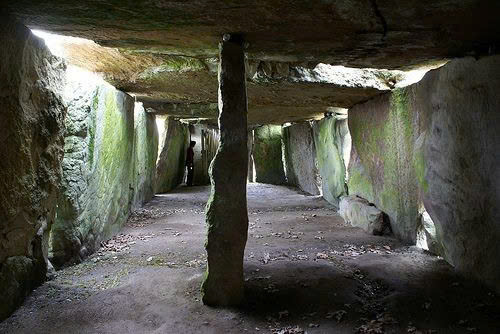
The Dolmen de Bagneux served multiple purposes beyond its role as a tomb:
Sacred Ceremonial Space: The monument likely hosted important religious ceremonies and community gatherings, serving as a focal point for spiritual activities that bound the community together.
Territorial Landmark: Strategically positioned in the landscape, the dolmen marked important boundaries and served as a lasting symbol of the community’s presence and power in the region.
Echoes Through Time
From Prehistory to Written History

The dolmen’s journey through history reveals its enduring significance:
- 4000-3000 BC: Construction during the height of Neolithic civilization, when humans were revolutionizing their relationship with the land through agriculture
- 1469 AD: First documented mention in written records, proving its continuous presence in local memory and folklore
- 19th Century: Rediscovery by archaeologists during Europe’s growing fascination with prehistoric monuments
- 20th Century: Official protection as a French historic monument, ensuring its preservation for future generations
Video
A Living Legacy
Today, the Dolmen de Bagneux continues to inspire wonder and curiosity. Visitors from around the world come to experience this direct connection to our prehistoric ancestors, to touch stones that were shaped by human hands millennia ago, and to contemplate the remarkable achievements of early human civilization.
The Enduring Mystery
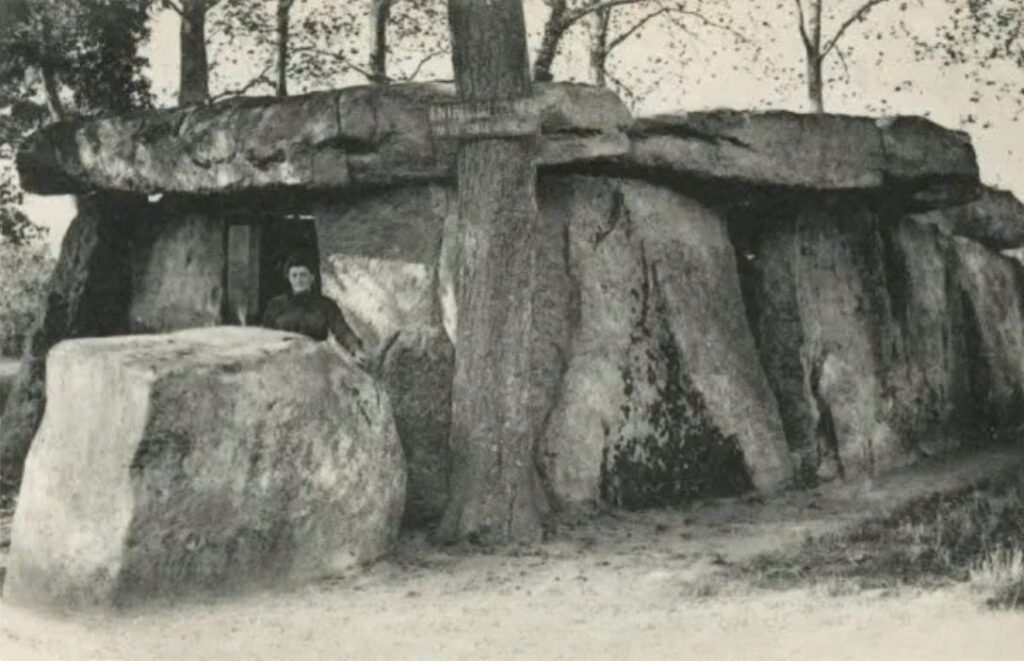
Standing before the Dolmen de Bagneux, one cannot help but wonder about the people who built it. What songs did they sing as they worked? What stories did they tell their children about the great stone monument they were creating? What hopes and fears drove them to invest such enormous effort in a structure that would outlast their civilization by thousands of years?
These questions may never be fully answered, but they remind us that the dolmen is more than just an archaeological curiosity—it’s a bridge connecting us to the universal human desire to create something lasting, something meaningful, something that speaks across the centuries about who we are and what we aspire to become.
Conclusion: A Monument to Human Spirit
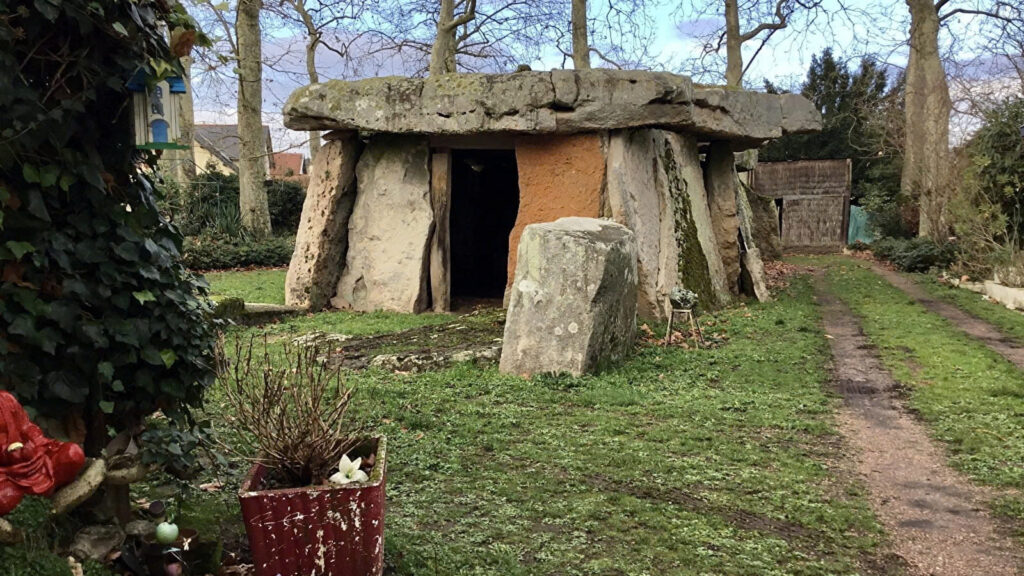
The Dolmen de Bagneux stands as living proof that our ancestors were far more sophisticated, organized, and visionary than we might imagine. In an age before written language, before metal tools, before the wheel, they created a masterpiece that continues to amaze and inspire us today.
This ancient giant reminds us that human ingenuity, cooperation, and the drive to create something greater than ourselves are not modern inventions—they are fundamental aspects of what makes us human. The dolmen’s enduring presence in the Loire Valley serves as a powerful reminder that some achievements transcend time itself, connecting us eternally to the remarkable people who came before us.
